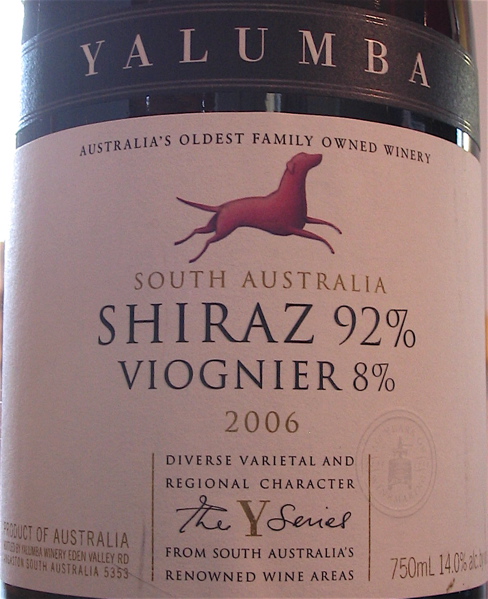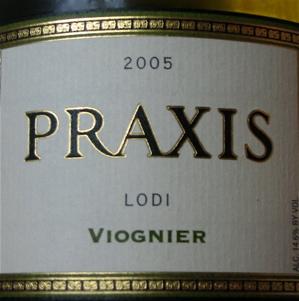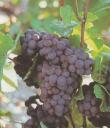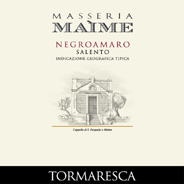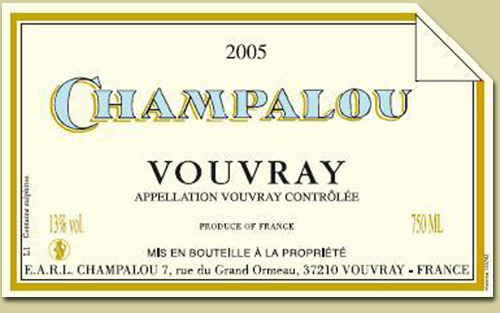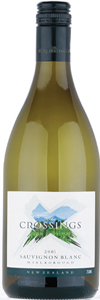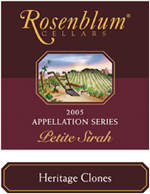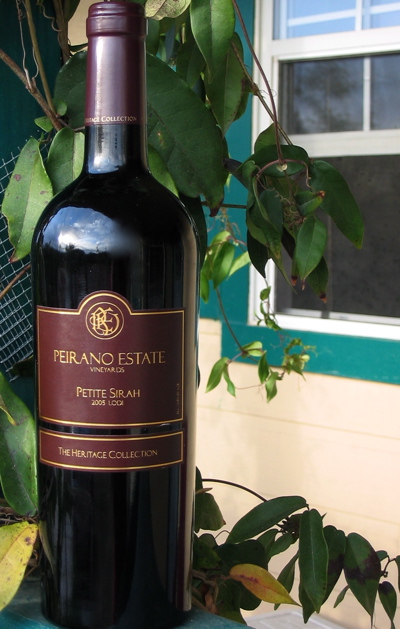 Lovely Wine Blogging Wednesday, you are everything I ever wanted homework to be: only slightly challenging, involving some field research and ultimately delicious. Why did I pick The Bell Jar for my senior research paper, and not Petite Sirah? Thanks to host Sonadora at Wannabe Wino for a great idea for this month’s tasting, and to Lenn Thompson at Lenndevours for inventing this virtual tasting that brings the wine blogosphere together every month.
Lovely Wine Blogging Wednesday, you are everything I ever wanted homework to be: only slightly challenging, involving some field research and ultimately delicious. Why did I pick The Bell Jar for my senior research paper, and not Petite Sirah? Thanks to host Sonadora at Wannabe Wino for a great idea for this month’s tasting, and to Lenn Thompson at Lenndevours for inventing this virtual tasting that brings the wine blogosphere together every month.
I found this Peirano Estate Vineyards “Heritage Collection” Petite Sirah 2005 at Grapevine Market, where it was one of a 6 bottle discounted case I bought, so I got it for $12.59. Tasted with carnitas on brown rice with sides of acorn squash mashed with gorgonzola and cornbread baked in a poblano cup.
Inky maroon in color. On the nose, mint is very strong, but not as strong as the waves of blueberry jam pouring off of it. There’s some coffee there at the end too, but really this is all about the minty blueberry madness. The palate presents juicy, sweet blackberry fruit, roundly passive tannins and a dark chocolate finish of medium length. This is a fairly rich wine, not flabby but certainly chubby.
